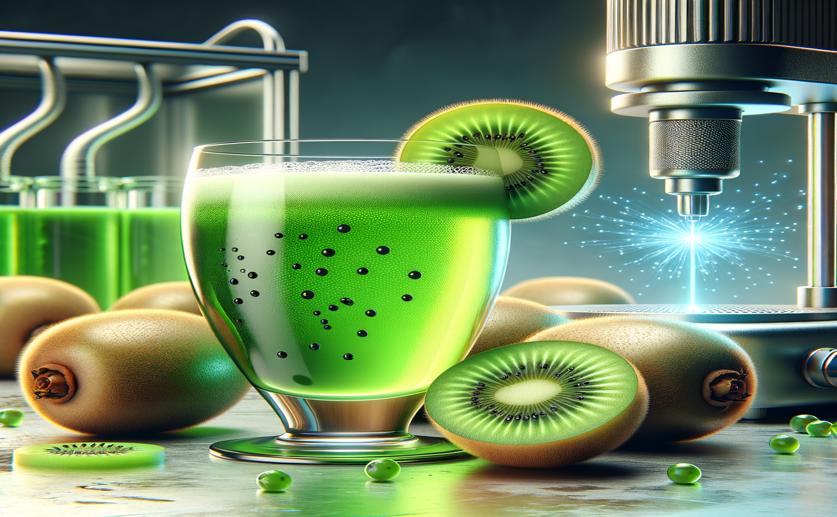
Cold Plasma Treatment Enhances Kiwifruit Juice Quality and Taste
Jim Crocker
27th August, 2024

Image Source: Natural Science News, 2024
Key Findings
- The study from the Indian Institute of Technology Kharagpur explored cold plasma (CP) technology for processing kiwifruit juice
- CP-treated kiwifruit juice retained more bioactive compounds, like vitamin C, compared to thermally treated juice
- CP-optimized juice had better sensory attributes and a more uniform particle size distribution, enhancing its stability and texture
References
Main Study
1) Cold plasma processing of kiwifruit juice: Effect on physicochemical, nutritional, microstructure, rheological properties and sensory attributes.
Published 26th August, 2024
https://doi.org/10.1111/1750-3841.17284
Related Studies
2) Effects of cold plasma on chlorophylls, carotenoids, anthocyanins, and betalains.
3) Cold plasma reactive species: Generation, properties, and interaction with food biomolecules.
4) Valorization of kiwi agricultural waste and industry by-products by recovering bioactive compounds and applications as food additives: A circular economy model.



 7th August, 2024 | Greg Howard
7th August, 2024 | Greg Howard